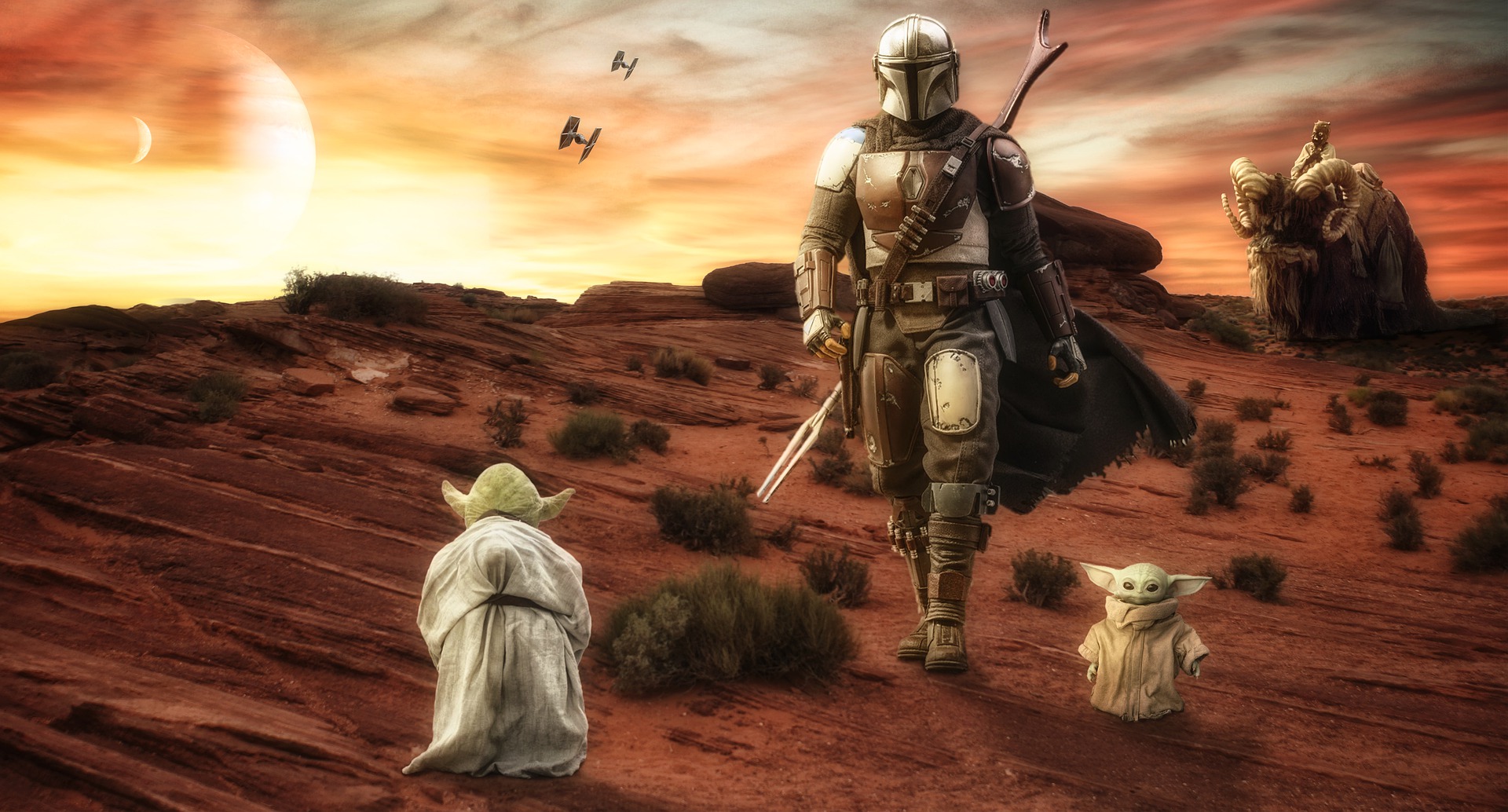Image by Lothar Dieterich from Pixabay
When we hear the phrase “virtual reality” we tend to think of individual headsets and the video games and other applications they enable. These are indeed what most people are referring to when they talk about virtual reality. But lately we’ve also begun to see movement toward a different spin on the concept, and one that has profound implications for video and special effects in cinema and television.
Oddly enough, some of the primary examples of this sort of thing in action come from Las Vegas attractions, and do not specifically tie into production VFX. Nevertheless, some of Sin City’s more immersive entertainment has opened some eyes to what can be achieved through the creation of full, virtual surroundings without goggles.
The main example is still in the works, but has generated enough hype to get people excited. It’s called the MSG Sphere, and it is essentially an experimental concert and event venue engineered as a literal sphere. The interior of the domed ceiling and walls will include a 14,800 square meter display — essentially turning the world within the venue into one wrapped within a screen. This screen will put on a virtual show during concerts, and fully immerse fans in audio and visual sensation. And though it has yet to open, the MSG Sphere is already looking to be a trendsetter. A similar event venue is already in the works in London as well.
The MSG Sphere won’t necessarily be the only Vegas establishment to have tried this sort of thing, either — even if it will be far and away the gaudiest. Already, the Fremont Street Experience does a version of the same video display immersion. Known as one of the non-casino attractions people love best in Vegas, Fremont Street is a sort of high-energy downtown district unto itself. It has its own hotels and casinos, but is perhaps best known for its music and light shows. And within the Fremont Street Experience, there are massive, arched ceilings that essentially surround visitors in light shows, concert footage and the like to enhance the appeal of whatever music is playing.
We cite these Vegas examples not because they directly tie into VFX, but because they are examples of what one of streaming’s hottest shows figured out about how to build a world through functional virtual reality. As you may have guessed, we’re talking about the smash Disney+ hit The Mandalorian.
As an original drama set in the broader ”Star Wars” universe, it was a given from the start that The Mandalorian would rely heavily on visual world building. And in the effort to construct a world that would satisfy fans and make the show unusually immense for a streaming effort, the production team figured out groundbreaking visual effects methods that actually resemble the real-world Vegas examples discussed above. Essentially, they built a gigantic “video-lined stage” that partially surrounds actors. The effect is dome-like, and it can be used to completely transform the visual reality of the set, accomplishing what we’ve long relied on green screens for, but doing so in a more immersive way. In a sense, it creates real-time virtual reality for the actors, and ultimately a stunningly real-looking environment for viewers.
Now, what this new style of visual immersion doesn’t necessarily solve for is the smaller things that go into creating a scene. A lot of the best VFX work being done of late comes down to subtler efforts and smaller decisions. Our own work on The Queen’s Gambit certainly comes to mind, and some recent hits like Mindhunter and Chernobyl have also produced some outstanding visual work without relying on groundbreaking innovations.
As we look at the broader landscape of virtual reality though, it’s clear that new possibilities are emerging for certain aspects of visual production.
Author- Robert Banks

